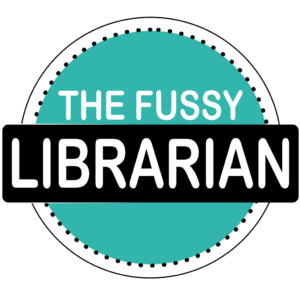These authors just a-wrote me a (news)letter
One author-tip post always leads right to another.
We recently asked a few well-reviewed authors about how they prompted readers to take action and leave feedback.
Newsletter solicits came up as a reliable source. But if you don’t have a newsletter or email list, then we’ve just put a cart in front of your horse.
Fortunately, a few authors popped up on our radar — by which we mean well-respected writing blogs — to help set you in the right direction.
Patty Jansen, who writes science fiction and fantasy novels, has about 46,000 combined subscribers to her two newsletters.
How did she get there? “Every available method,” she says, and they don’t have to be complex or expensive.
For example, it costs you nothing to put signup links in the front and back of each of your books and in your social media profiles, in addition to on your website.
If you do have room in your budget, you can consider some paid options, in increasing level of difficulty (difficulty, here, means a combination of risk and expense):
-
Services like Instafreebie and Bookfunnel
-
Facebook ads
-
Multi-author giveaways that enable list gathering
“Multi-author giveaways can be extremely effective, but the risk of getting a flood of spam reports and getting in trouble with your account is high if you don’t know what you’re doing,” Jansen says.
Once you actually have subscribers, the content you provide them will, of course, depend on their tastes.
Young-adult author Deanna Cabinian has clearly hit upon the winning formula for herself, with an average open rate of 52 percent and a click rate of 13 percent.
(Compare that with an April 2018 industry report that cites a 23 percent average open rate and 3.5 percent average click rate for newsletters, across the board.)
All writers should send out cover reveals and new-release announcements, she says, but shouldn’t limit themselves to just that.
“I see a lot of engagement with my blog posts about writing, interviews I’ve done, recipes I share, and book recommendations,” she says.
“Readers like getting a peek into the writing process, however boring it may seem to the writer.”
Similarly, Jansen stressed the value of authenticity, but added a reminder to consider why a particular person or group of people signed up.
“In essence, there are two different types of newsletters: purely organic ones and ones that are sourced from incentivized signups,” she says. “The first one is a service to existing readers, the second is a very powerful sales tool.
“However, the word ‘assume’ is the very enemy of the mailing list. Don’t assume every person on a list, not even one purely sourced from back-of-book signups, has read all your books. Don’t assume that readers of this series won’t read the other series.”
This is just the tip of the iceberg, as you probably suspect.
Cabinian recommended checking out Reader Magnets by Nick Stephenson, and Jansen herself takes a closer look at mailing lists in her book Mailing Lists Unboxed.
We'll also have a few more insights from Cabinian and Jansen on the blog next week, so be sure to check back!
